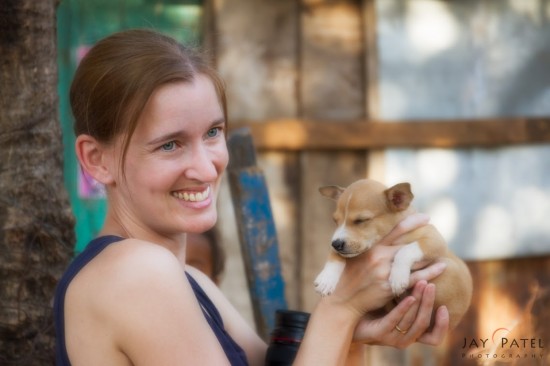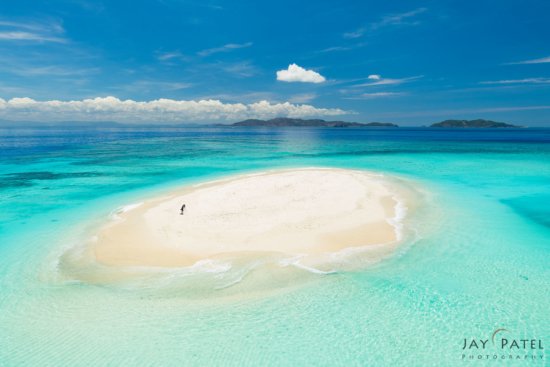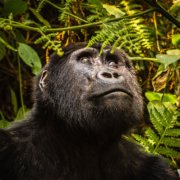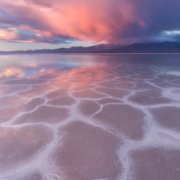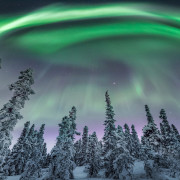Creative Travel Photography Tips to Capture the Moment
Every travel photographer faces the challenge to cram as much shooting as possible into the limited time when they are on location. To overcome this travel photography challenge requires creativity and out-of-box thinking. In this article I want to expand on some of those topics and add a few more tips. My purpose is to help you go beyond the cliché and thinking about creative travel photography that tells the story of a location. Travel photos that you can be proud of rather than just random vacation snapshots.
Here are few ideas to get your creative juice flowing next time you are on a vacation:
Organize Your Days
There’s a lot to be said for just leisurely walking around and photographing whatever happens to strike your fancy. But, if you are short on time, it is imperative that you try to make the most of it.
Knowing what is going to happen in a certain location can help a lot in this respect. Markets, festivals, parades, religious celebrations – these all offer a lot of great opportunities for travel photos, but you must know exactly when and where they will happen.
When I visited Seville in Southern Spain for the Semana Santa celebrations, I made sure I had a time table and associated map of all the processions. This way, I could be at the right place at the right time.
The Early Bird Catches the Worm
If you want to capture travel photographs that stand out from the millions of holiday snapshots that anybody can take, make a habit of getting up early.
Landscape photographers know that early morning light is generally better than midday light, but even in a city, being out early opens you up to opportunities that most other people will miss.
One of the highlights of visiting Granada, Nicaragua is to catch the sunrise of the immense Apoyo crater. Being there early meant capturing the breath taking photos of the crater while everything was bathed in fabulous light.
Allow Ample Time for Transfers
It is easy to underestimate the time necessary to go from one place to another, especially in a busy city.
Even in Japan, where trains are famously on time (tip: they aren’t always), I found myself underestimating transfer times because I didn’t always account for things like having to wait in line to buy a ticket or finding the right exit in Shinjuku Station in Tokyo (believe me, it’s a maze).
When calculating the time to go from point A to point B, always add 50% more if you need to reach your destination at a specific time. If you get there early, chances are you’ll find something interesting to photograph anyway.
Look for interesting Travel Photography Subjects
It’s not hard to make an interesting photo of an interesting subject. That said, it’s possible to take interesting photos of mundane subjects as long as we use creative composition techniques (see the next section for some examples), juxtapositions, humor, color contrast and many other strategies.
As for finding interesting subjects, I know it sounds obvious but you can’t find them if you don’t look for them. What I mean is this: it’s much easier to find them if we set out with a specific aim instead of wandering around aimlessly, hoping for something to happen in front of our lens.
You can increase your chances of creating interesting photos by making a list – mental or written – of potential subjects. Then go on a hunt for them and rest assured you’ll find many more than if you hadn’t planned for them.
Here are some suggestions for some very general subjects but the list is infinite:
- People at work
- Food
- Everyday objects
- Architecture
- Or go for something a bit more specific, like: Hands, People reading newspapers, People under the rain, Dogs and their owners and more.
I owe much of this concept to my friend Ralph Velasco and his idea of a shot list.
Find an Interesting Background or Framing
You add interest to a photo of a random passerby, which would say nothing on its own, by placing your subject against an interesting background or framing it carefully.
Travel photos are generally supposed to be candid so I’m not suggesting that you ask people to pose in a specific place, even though I have nothing against it in principle.
What I am suggesting is that you find an interesting background, like a mural painting, and then wait for the right people to pass in front of it.
Explore Unusual Photography Compositions
Cliché photos often happen because people tend to replicate what they saw and liked. It’s easy to fall into this trap and honestly, the reason why some subjects, seen from a certain angle or under a certain light, become clichés is simply because they are beautiful.
But if, as travel photographers, we want to go beyond the cliché, it behooves us to do something different. One way to do so is to consciously explore alternative compositions. The following are some suggestions.
Get down low and shoot up
We don’t remember how we used to look at the world when we were toddlers, but whenever I go back to a place I had visited in my early years, I invariably have the feeling that everything looked so much bigger back then.
You can recreate some of the feeling and make everything look bigger by putting your camera really low on the ground and shooting upwards. Having a camera with a tilting back LCD screen and a short table-top tripod can be very handy in that situation.
By getting down low, you can also look some subjects, like children, streams of water under the rocks, and even tiny subjects that are not readily noticed, which usually makes for more engaging photos.
Go up and shoot down
By this I don’t mean just pointing your camera downwards. Instead, actually climb up some place that gives you an unobstructed view straight down. Then point your camera to something happening right below you. This can be a bridge, a balcony, an overpass, waterfalls, a mountain ridge and more.
Here is a photo taken from helicopter of Varina Patel spending some alone time on a sandbar in Fiji. You can also create photos like these with a drone. This unique perspective can be really powerful when the sun is low and casts long shadows as seen in the photo from Yosemite above. In most such cases, it pays to keep your lines straight and look for simple, geometric compositions.
Capture Photos of Abstracts
Simplified, geometrical, and abstract compositions can be really unique, but you must pay attention. Travel photography is all about conveying a sense of place by including something that is recognizable as belonging to a certain culture or country.
For example, the design of the richly decorated brass doors of the Royal Palace in Fez, Morocco, is so characteristic of that country that it is revealing even without showing the whole door.
Everybody who has been inside the Pantheon in Rome will recognize its distinctive oculus and the patterns on the domed ceiling, even without seeing all of it.
Learn to Deal with Bad Light
We all love to photograph at the golden hour or at the blue hour, but when the time we can dedicate to travel photography is limited, can we afford to be picky?
An empty street of a small Cycladic Greek town, with its characteristic whitewashed, cubic houses, can look great under the stark midday sun.
In the above photo I used a polarizing filter to darken the sky, then converted the photo to black-and-white by taking down the blue channel even more and turning the sky almost completely black, enhancing the graphical qualities of the image and the feeling of emptiness.
Learn to Capture the Decisive Moment
Sometimes it’s a gesture or an action that can make or break a photo. Study your potential subjects and wait for them to do something, then try to capture them at the peak of the action. It’s OK to use your camera’s continuous shooting mode.
Capturing a decisive moment does not always have to involve people in your travel photography. Travel photographer can find creativity in capturing a dramatic moment in exploding lava or even in splash of a wave on the rocks.
Don’t Fixate on the Subject – Tell a Story
Often we stop to look at a subject and click the shutter only because it is beautiful. This is all fine, but by limiting ourselves to this, we risk making some serious mistakes.
The first mistake is not realizing that, in front of a beautiful subject, most people have the same reaction and click the shutter in exactly the same way, leading to photos that all look the same. Even if something is new and exotic to you, in this connected world of mass travel, it’s probably been photographed a million times already.
The second mistake is not paying attention to what else is in your frame. This could include distractions or even other, secondary subjects that could play a supportive role; pay attention to their relationship to the main one.
The third, and most serious mistake, is not to go beyond the subject. Are you trying to take a beautiful photo or a photo of a beautiful subject? In order to avoid this, I always try to keep in mind this great quote by Minor White:
“One should not only photograph things for what they are but for what else they are.”
I know this quote can be a bit cryptic, but I’d like you to consider it without being influenced by my interpretation of it. If you’d like, please leave a comment about how that applies or should apply to your own photography.
The above photos from Cannon Beach not only captures the main subject in a wheelchair but also the unusual location in which the subject is placed.
Creativity is not something that happens to you when you are not looking. It is a process that needs to be followed, a gift that must be nurtured. In order to do so, one must learn to think creatively, always consciously thinking of new ways to capture old subjects and to find what lies beneath the surface.






